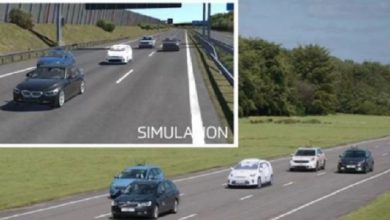Velodyne Lidar Introduces its Smallest Sensor Velabit
Velodyne Lidar has introduced its smallest sensor Velabit at CES 2020. The sensor claims to bring new levels of versatility and affordability to 3D lidar perception. It leverages Velodyne’s innovative lidar technology and manufacturing partnerships for cost optimization and high-volume production.
According to the company, the sensor delivers the same technology and performance found on its full suite of state-of-the-art sensors and will be the catalyst for creating endless possibilities for new applications in a variety of industries.
The compact Velabit can be embedded almost anywhere within vehicles, robots, unmanned aerial vehicles (UAVs), infrastructure and more. It is designed to be easy to manufacture at mass production levels.
The Velabit is engineered to be an optimal automotive grade lidar solution for Advanced Driver Assistance Systems (ADAS) and autonomous vehicles. It enables robust perception coverage for Blind-Spot Monitoring, Cross Traffic Detection, Automatic Emergency Braking, and Pedestrian and Bicyclist Safety. Highly configurable for customer application, this mid-range sensor can be combined with other Velodyne lidar sensors, such as the Velarray™, for high-speed operation or function as a standalone lidar solution in low-speed applications.
Velabit’s leading features according to the company are:
- Integrated processing in a compact size of 2.4” x 2.4” x 1.38” – smaller than a deck of playing cards – to be easily embedded in a wide range of solutions.
- Range up to 100 meters.
- Outstanding field of view (FoV): 60-degree horizontal FoV x 10-degree vertical FoV.
- Highly configurable to support a range of applications.
- Proven, Class 1 eye-safe 903 nanometer technology.
- Bottom connector with cable length options.
- Multiple manufacturing sources scheduled to be available for qualified production projects.
The Velabit will be available to customers mid-2020. It is now on display at CES 2020 booth.
Source: Press Release





